South Africa is incredibly bio-diverse. In fact, SA comes only third to Brazil and Indonesia when it comes to the abundance of plant and animal life it Is home to. One would think that Kruger National Park would host most of this abundant plant and animal life but interestingly, Cape Town comes out on top!
A mere 30 minutes outside Cape Town's city centre you can begin to spot this wildlife in abundance. So if you are planning a trip to the Cape, here is the wildlife you can expect to see:
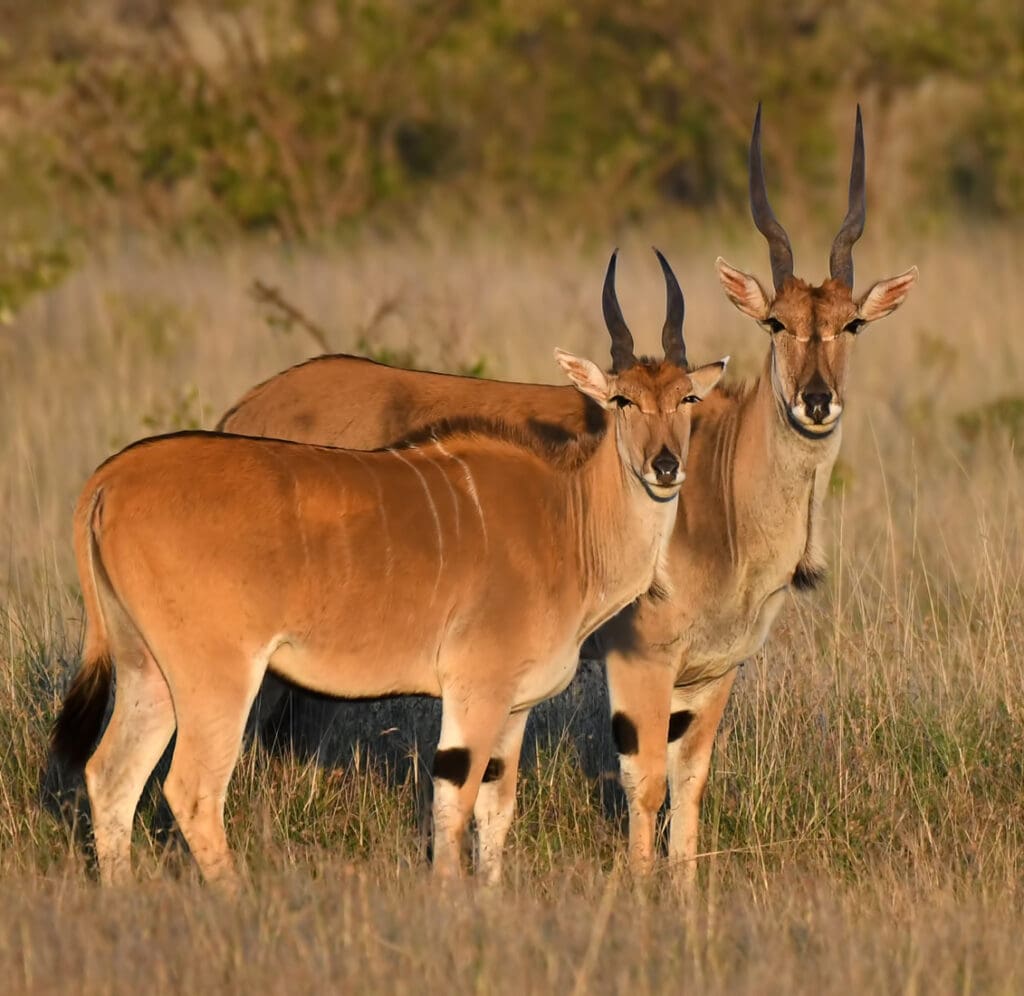
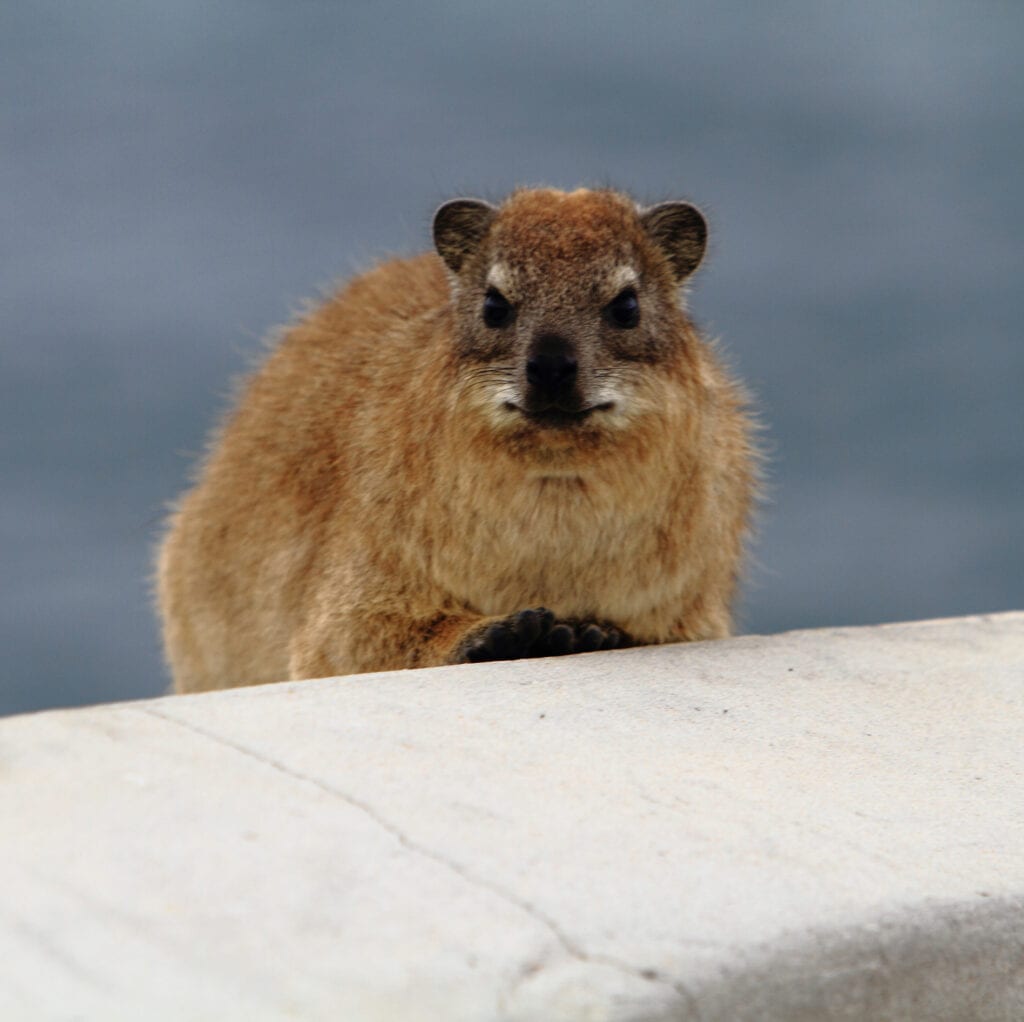
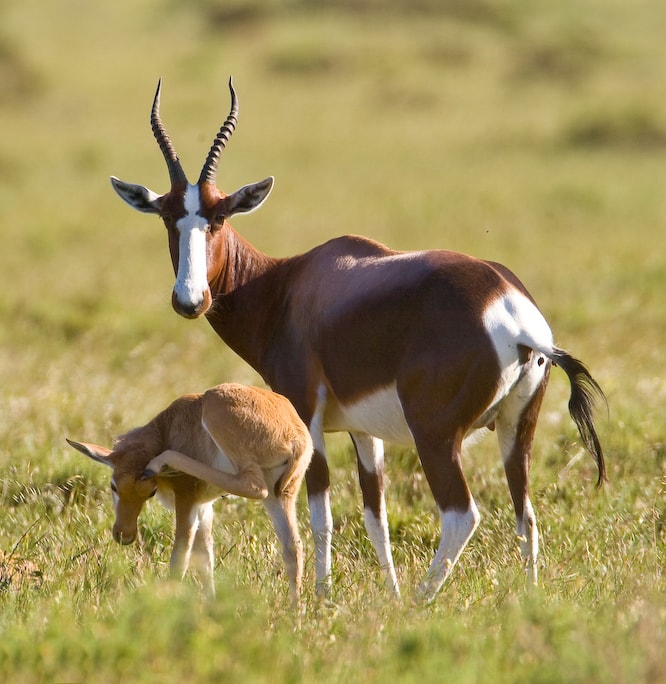
Eland
As the world's largest antelope, the Eland can weigh up to 1500 pounds and grow up to 70 inches tall. They have thick spiraling horns, that grow up to 20” in females and 50” in males, which they use to bring twigs, branches and tuberous roots into reach for consumption.
Hyrax (Dassie)
These are photogenic and playful little creatures (whose closest living relative is the elephant!) that can weigh up to 10 lbs. You'll spot them easily on Table Mountain near the cable way, either sun bathing, nibbling on plants, or rock hopping.
Bonte Bok
You won't find these beauties anywhere else in the world, they are endemic to South Africa's Cape fynbos. They have soft hair, a deep purple/red body with a white blaze on their face, white ears, and well-developed horns. Once considered one of the rarest antelope in the world, they are now a protected species.

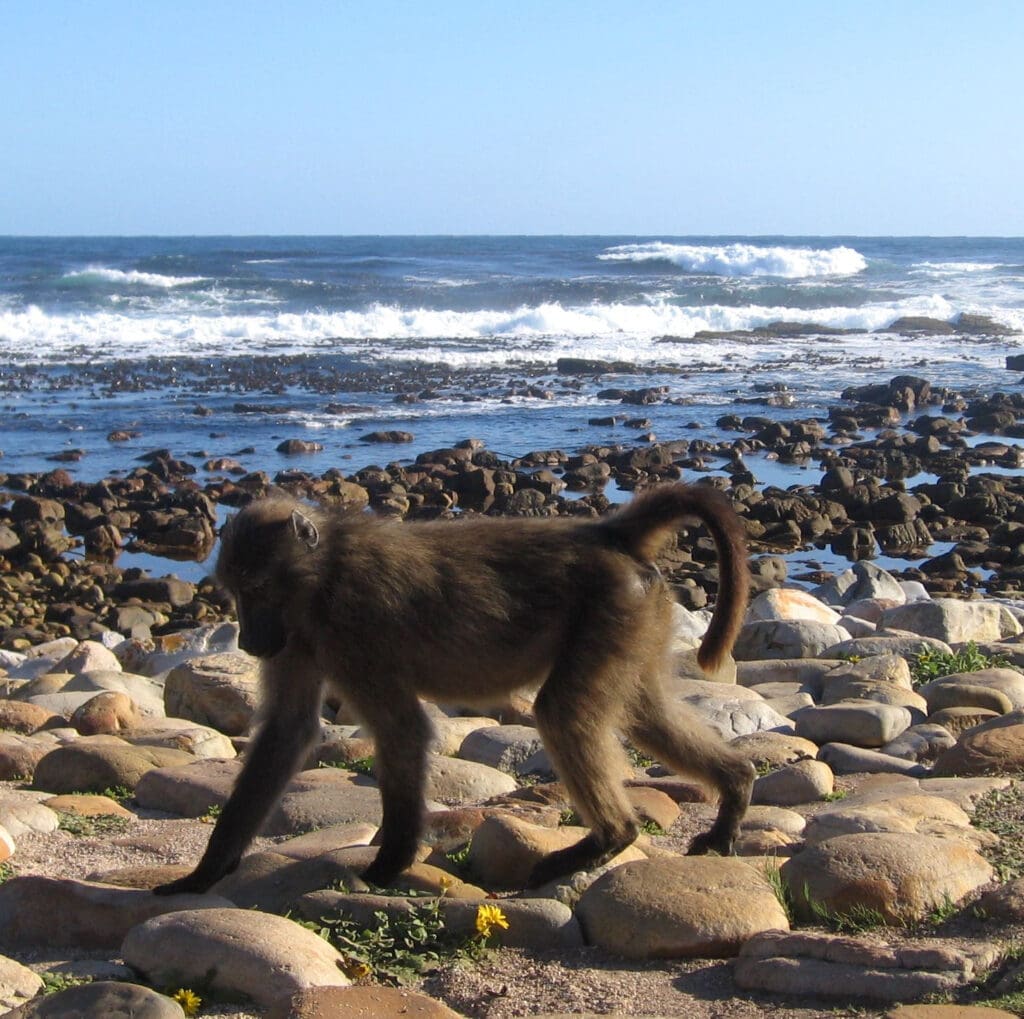
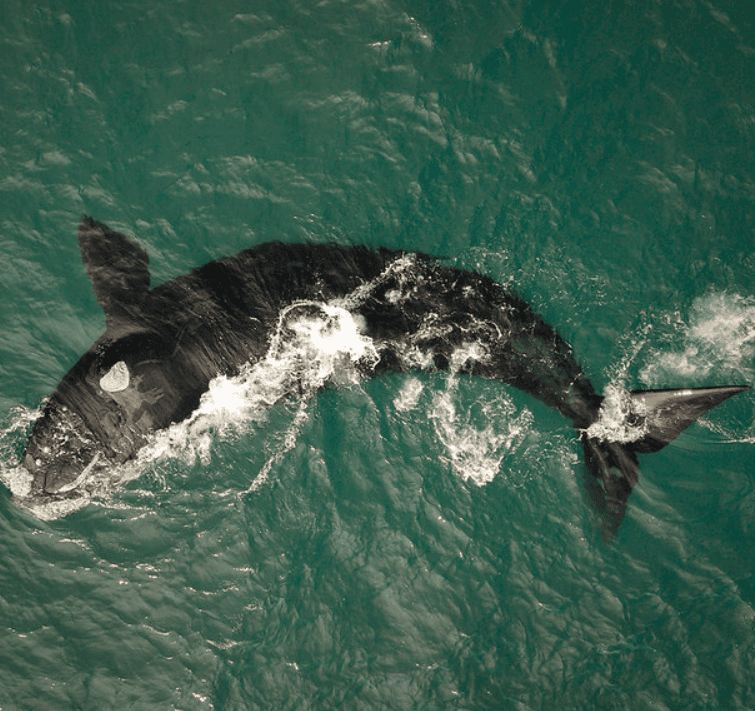
Ostrich
These long-legged birds with big beautiful eyes may seem harmless but these flightless birds can run over 44 miles per hour – making them the fastest bird on land – and can kick so powerfully that it can kill a predator!
Baboon
The Chacma Baboon (Cape Baboon) can weigh up to 73 lbs and measure up to 59 inches tall from head to tail. As omnivores, you'll find them munching on all sorts of things, everything from plants and fruits to the flesh of small animals and birds. They may look cute and furry but with large canines and an inclination to protect themselves, they can be quite aggressive.
Southern Right Whale
Each year these colossal majestic creatures migrate into the coastal waters of the Western Cape to calve and nurse their young. This provides outstanding whale watching opportunities between June and November.
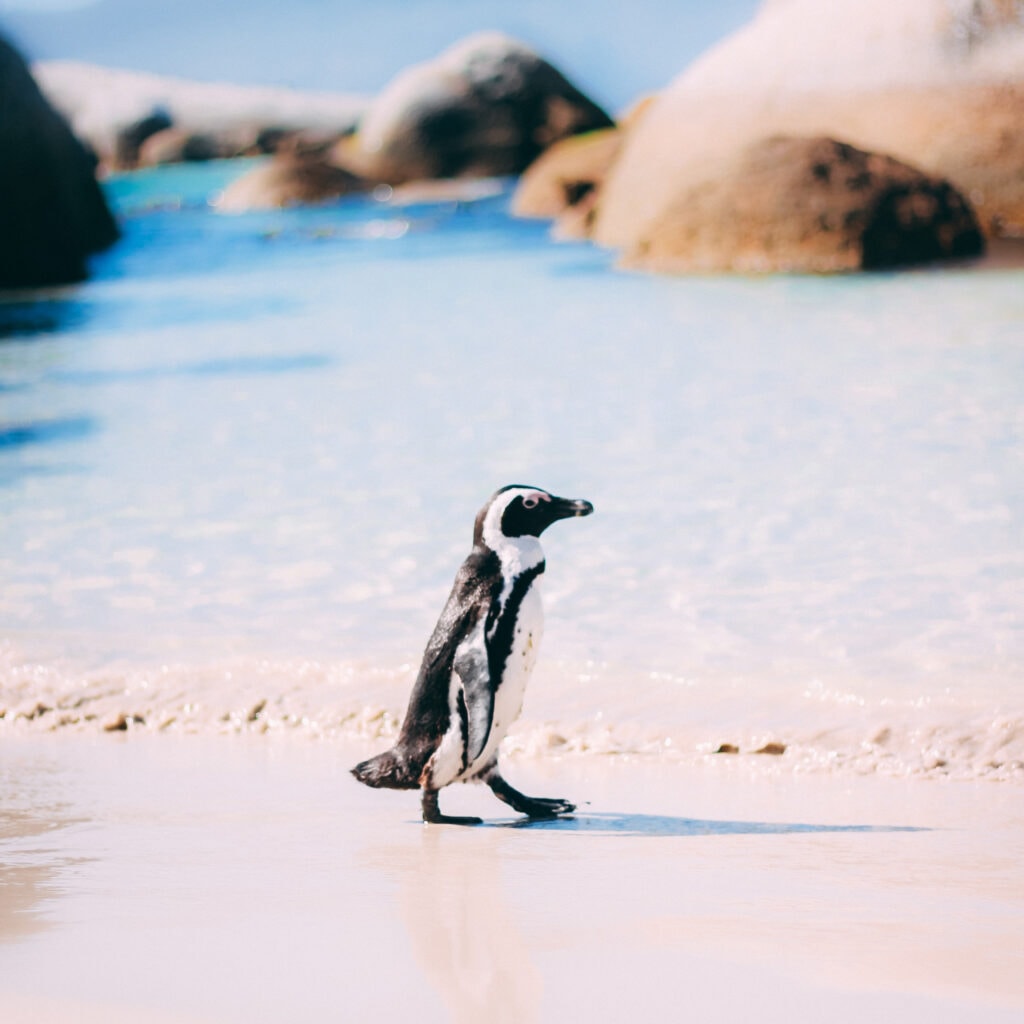
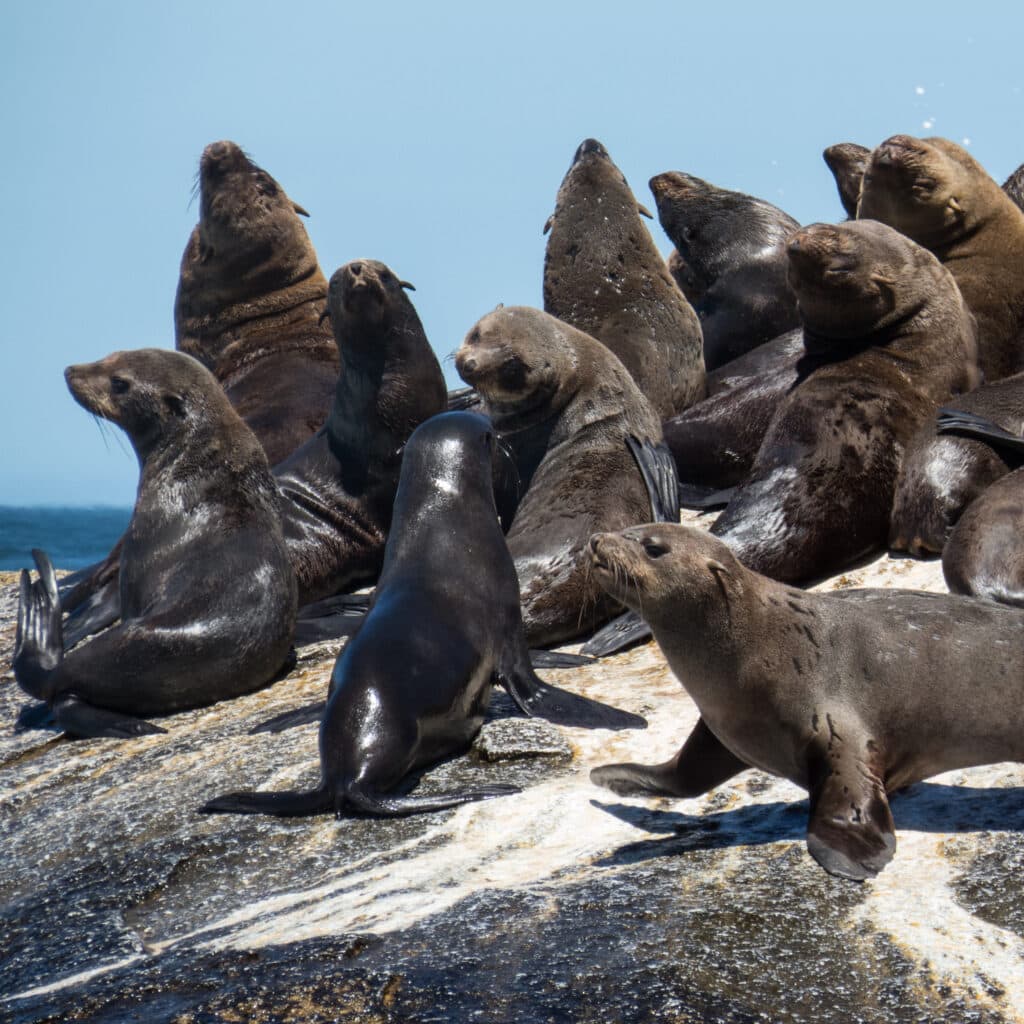
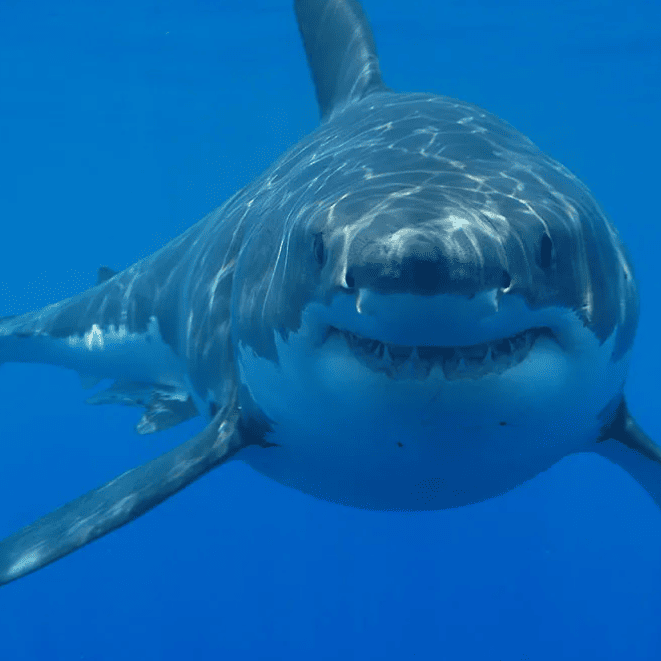
African Penguin
The playful African Penguin – a comical bird that waddles on land as if in a miniature suit – is another beautiful creature you can spot in hoards in the southern Peninsula, more specifically at Boulders Beach. While comical on land, they torpedo and gracefully glide through the water with numbers of roughly 3000 in and around the Deep South.
Cape Fur Seal
Roughly 75 000 Cape Fur Seals call Duiker Island their home. Around 4 miles off the Atlantic Seaboard you'll find this small rocky island and all its inhabitants basking in the sun on and around the island or gliding through the icy Atlantic waters below.
Great White Shark
Coming in at a whopping 15 feet long, these prehistoric predators are one of the top wildlife creatures that visitors from abroad come to spot in the Cape Overberg. A sight to behold is their large jaws that hold up to 300 triangular teeth set in 7 rows to seamlessly devour their prey.
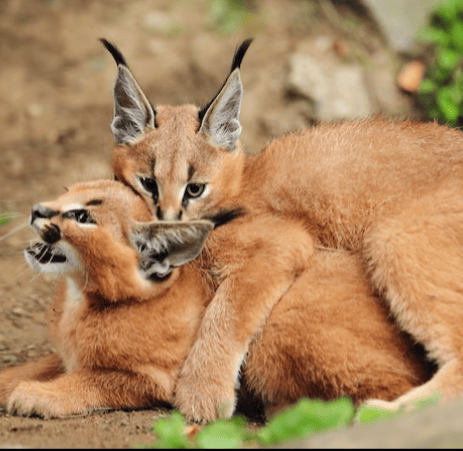
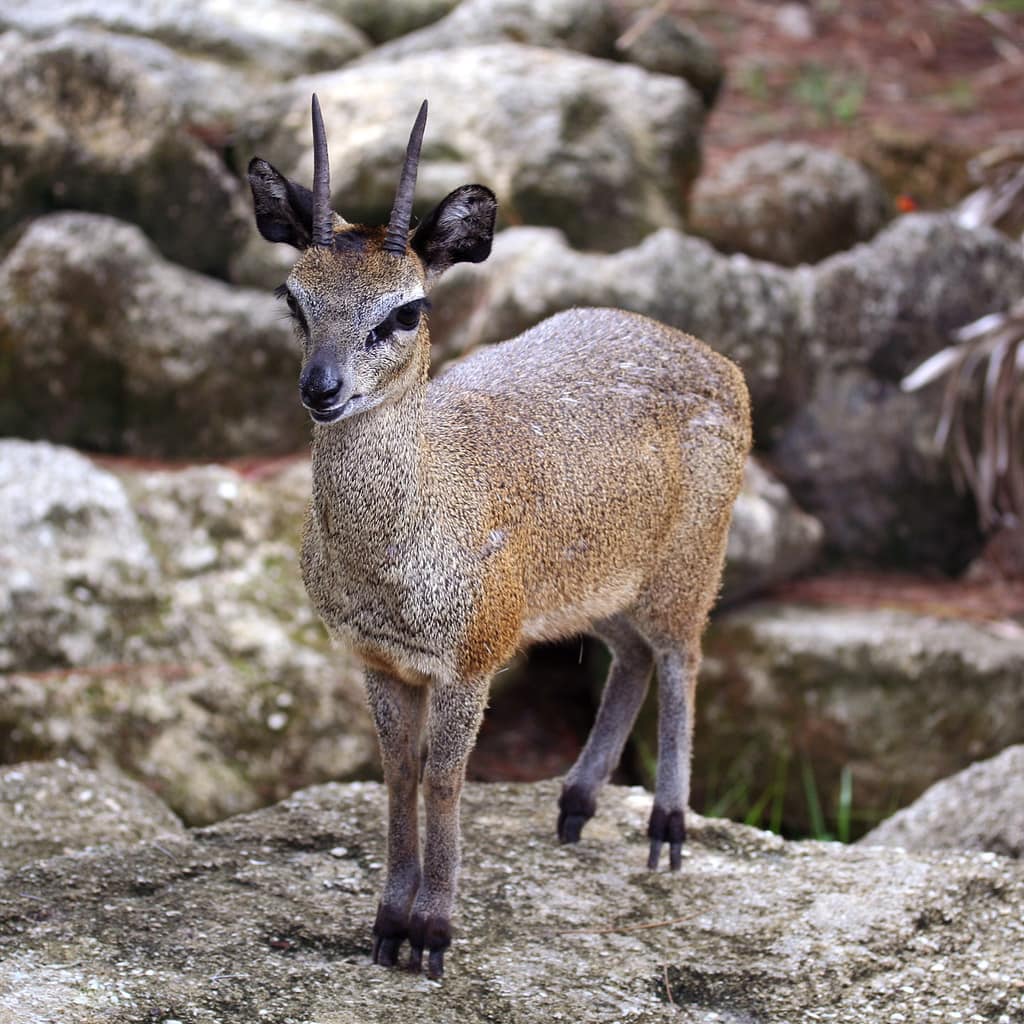
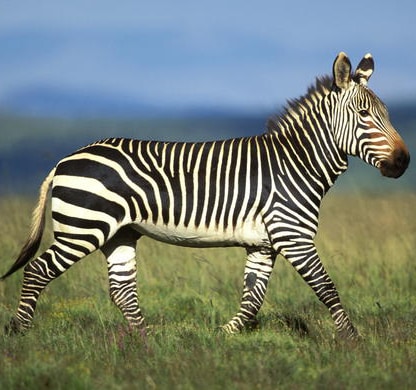
Caracal
Due to their dwindling numbers of around 48 to 64 in the Peninsula, these scarce cats are a protected species. It's a rare treat to spot one of these majestic creatures out and about, so make sure to capture it if you can.
Klipspringer
Because of the Klipspirnger's cylindrical hooves that allow them to inhabit their rocky home terrain, they have been dubbed the African ballerina. And to make them stand out even more, then have an ear-piercing whistle to communicate with one another.
Cape Mountain Zebra
This zebra is the smallest of the zebra species that weighs between 507 and 573 pounds and stand around 3.8 to 4.1 feet tall. Due to hunting pressures these beauties were almost extinct in the mid 1930s but were luckily saved by the 1937 proclamation of the Mountain Zebra National Park.
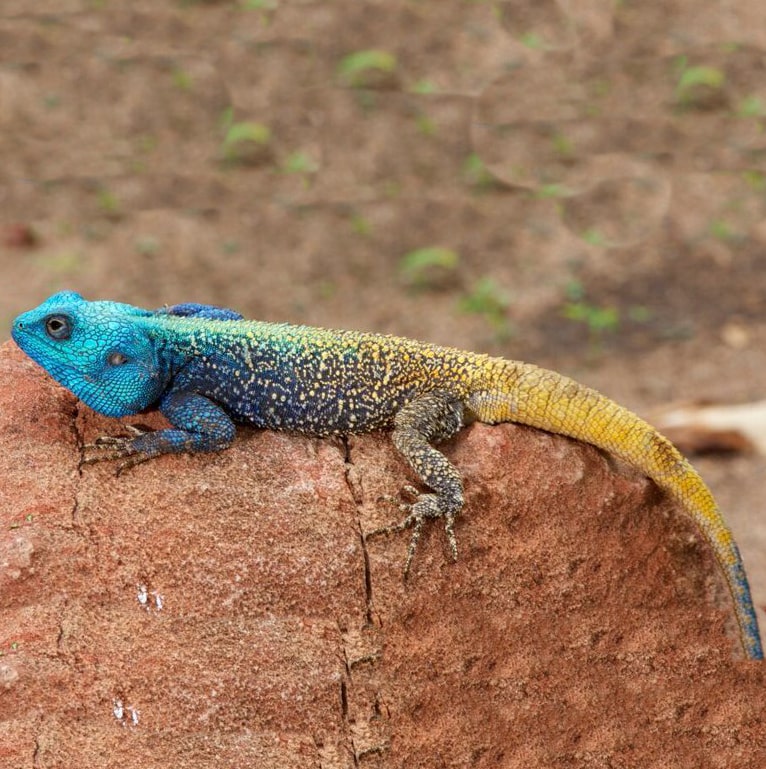
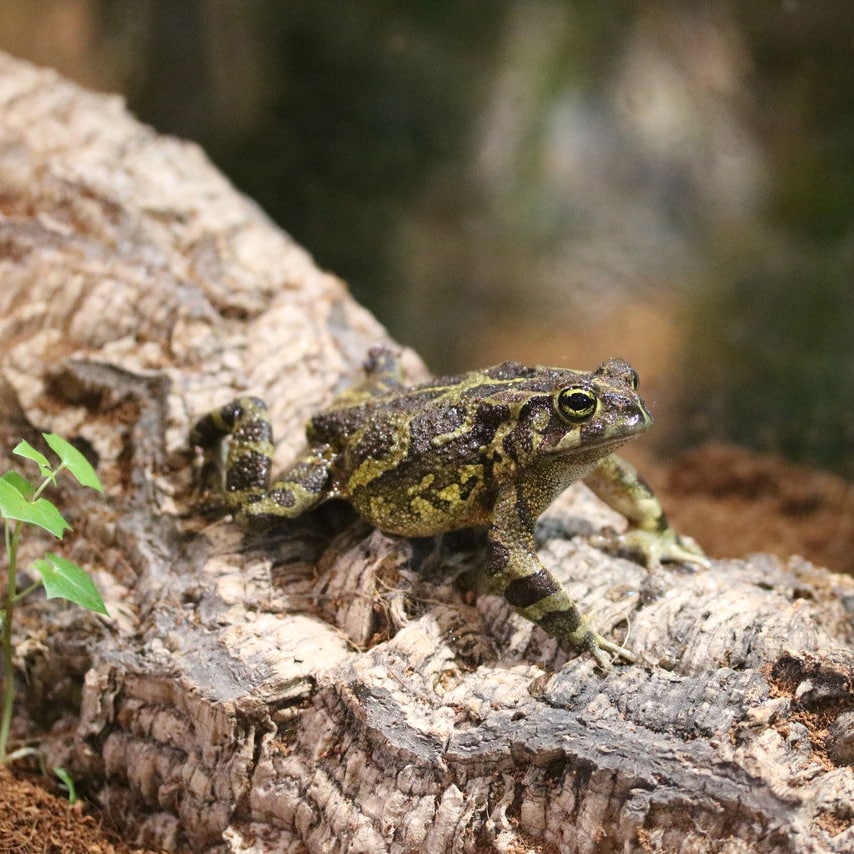
Southern Rock Agama Lizard
You can find these guys in South Africa, Zambia, Swaziland, Mozambique and Zimbabwe. The can grow up to 10 inches long. They hunt small insects and they're easy to spot because during mating season the male's heads will turn bright blue.
Western Leopard Toad
This beautiful toad with an upper body of chocolate brown patches on a bright yellow background can only be found in the Western Cape, nowhere else in the world! They can reach an impressive size of 5.5 inches and the toad symphony means it's mating season.
If any of these beautiful creatures are on your bucket list to spot, Cape Town can offer your unsurpassed opportunities to observe them in their natural habitat.